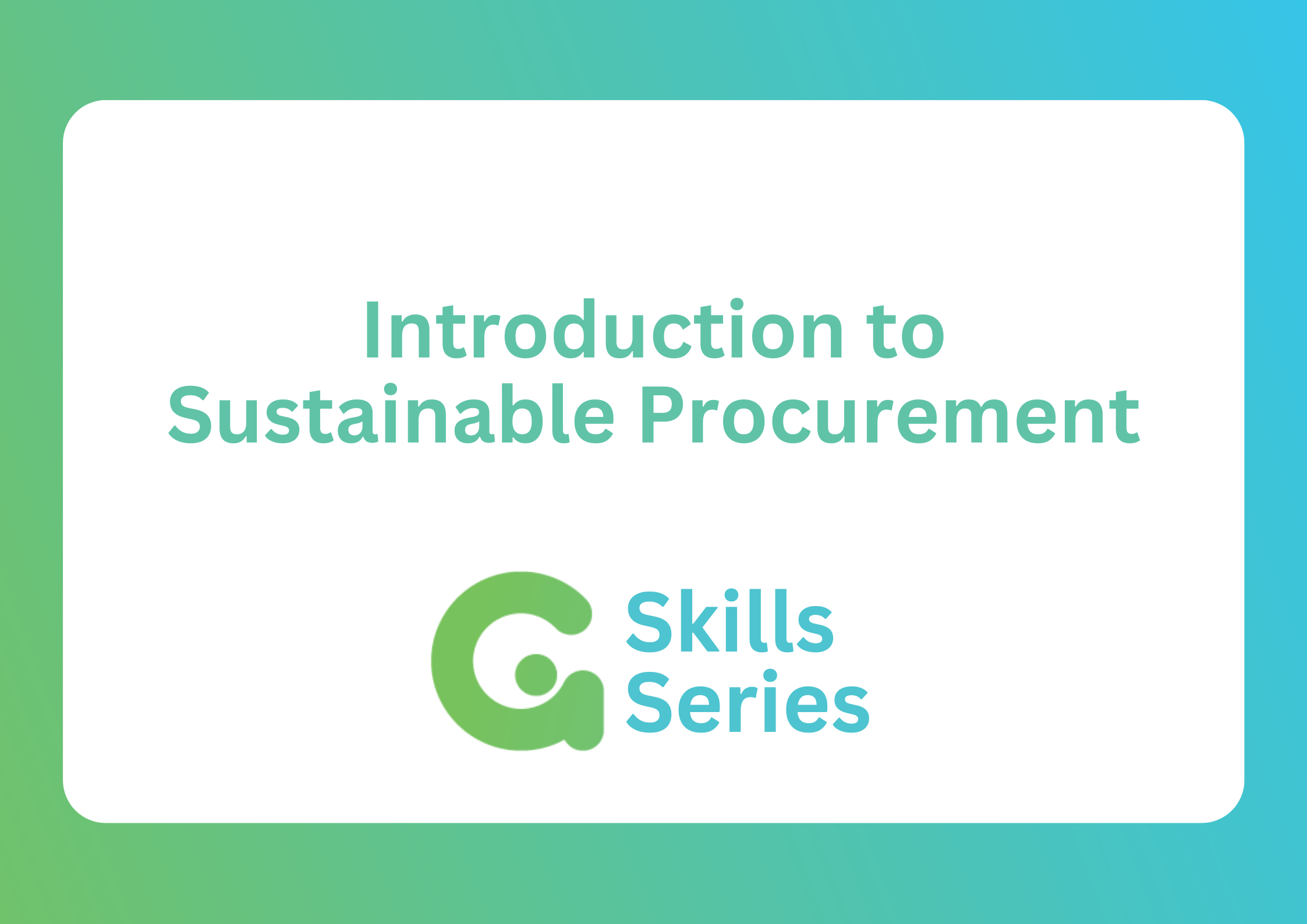A circular economy addresses at a foundational level the problems inherent in our current take, make, consume and dispose economic model.
Circular Economy is an economic system that uses a systemic approach to maintain a circular flow of resources, by recovering, retaining or adding to their value, while contributing to sustainable development.
In our closed system everything is connected, and we must “go circular” to build a regenerative future.
Want to know what is a circular economy in practice?
Join our tailored training programs to upskill yourself or your organisation.







